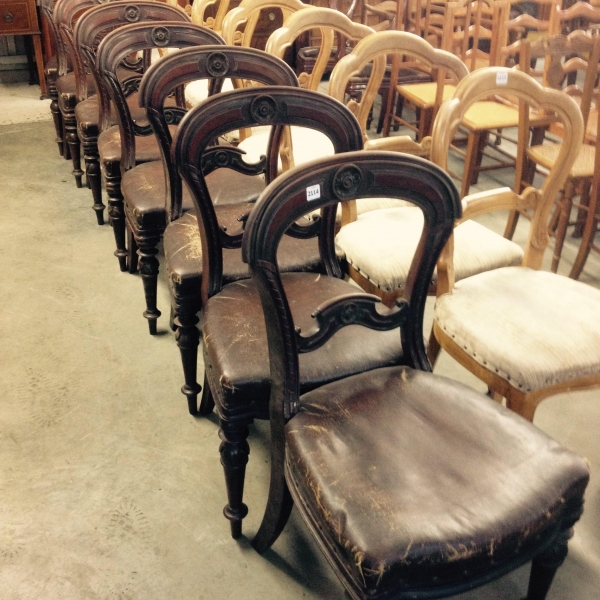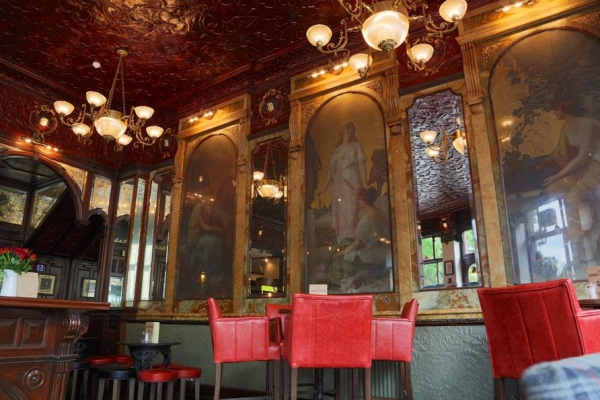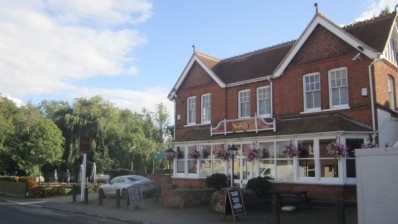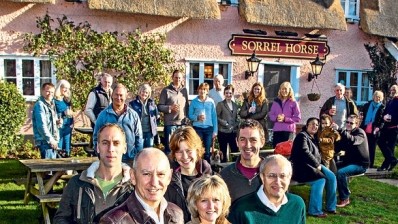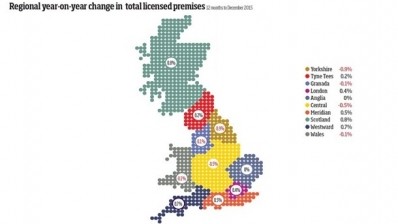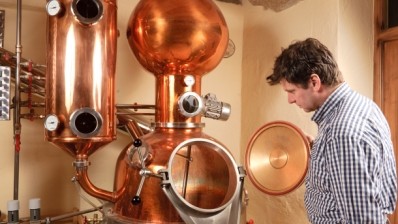How to furnish your Victorian pub
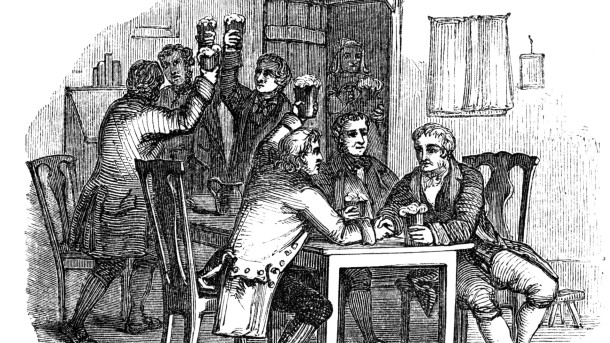
There are many pubs across the country that were once fantastic examples of Victoriana — beautiful buildings full of character and history.
Sadly, many were ‘improved’ in the 1970s and had the heart ripped out of them, which leaves many publicans with the present conundrum of how to return their pub to its former glory.
If that’s where you find yourself then there’s still plenty of scope for reinjecting a Victorian feel by using all or some of the following hints or tips.
How far you go is up to you, be adventurous, mix and match, as well as adding your own touches.
Country v urban style?
A rural Victorian pub, with its rustic pine furniture, is a very different style to the dramatic gin palaces of the mid-Victorian era — the ambience, character and ‘speed of drinking’ will be dictated, to some extent, by the style you choose.
If your pub is also your home, you may choose to sacrifice the potential large profits of a football pub, for the cosy, relaxed Dickensian feel of open fires, low lighting and overstuffed Chesterfield sofas.
Victorian country pub furniture tended to be made by local craftsmen using what was at hand with recycled farm wood often making for some quirky designs.
They used blonde woods like pine and elm, while decoration often included the fruits of the countryside like hops and horse brasses.
Conversely, the cornerstones of the urban Victorian look are dark, rich colours, on the walls as well as a ‘tobacco tint’ to the ceiling, dark floorboards, lots of ornate brass in the shape of fireplace fenders, door handles and bar taps, large mirrors designed to double the splendour of the drinking rooms, as well as gilt-framed paintings that showed the magnificence of the British Empire.
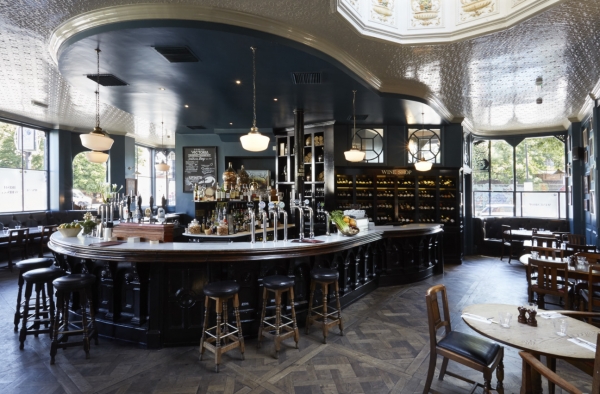
Chair selection
It all starts with the basics, however, and any pub needs somewhere for guests to sit.
Furnishing with an eye on any particular era gives you an immediate choice — how authentic do you want to be and at what expense to practicality?
Victorian pub chairs come in many styles but, in an urban setting, they tend to work best as dark wood, stained and highly polished mahogany or walnut, occasionally with a padded seat.
In line with the splendour of the gin palaces, chairs and tables tended to be more elaborate than their rural counterparts and smacked of finesse rather than practicality with the intricate carving on their legs and arms — an instant dust trap.
Another reality is that they weren’t always the best quality because mass manufacturing techniques were in their infancy.
Turned leg, heavy mahogany balloon back chairs are the best of the bunch but finding big sets can be tricky.
A better bet for a practical commercial environment would be dark wood, 1930s slat-backed dining chairs — not entirely authentic but updated manufacturing techniques mean they’re higher quality.
Perhaps, the most sensible option is new chairs using old designs. While these are more generic than authentic, the ability to replace them at will is an attractive proposition.
The most popular style is the Thonet steam bent chair, known as the ‘bistro chair’. A design classic of the Victorian age, these chairs were made of six pieces of Beechwood, heated by steam and pressed into cast iron moulds.
Using these chairs is an easy way to separate the eating area of your pub from the bar.
A point worth raising is the use of the word ‘harlequin’ in the antiques trade — harlequin sets of chairs or tables mean they’re quite similar but not identical in the carving and legwork. In a characterful pub environment, this can work to your advantage.
Aside from the standard pub chairs there are other options such as velvet or leather upholstered banquettes. Deeply buttoned upholstered bench seats fixed to the wall of a pub, often in deep reds or greens, allow for maximum use of your floor space and can be colour coordinated with the seat pads of the bar stools.
Tables
Now everyone is sitting comfortably, there needs to be somewhere for punters to put their pint.
Tables are likely to be a major expense so making the right choice is paramount.
For drinking areas, small round tables are ideal in that they take up less room and enable four customers to sit comfortably in a small area.
Heavy, cast iron-based tables are ideal in the drinking area because they are almost impossible to knock over and can be leaned on and, generally, abused for a lifetime.
The downside of these tables is if you need flexibility in your seating arrangements — they don’t fit together very effectively, are tricky to store (you can’t put one on top of the other), and moving them is difficult.
For dining areas, unless you’re looking for a real statement piece, square or rectangular draw-leaf tables (the ability to extend the table at any time being most handy), blonde wood for a country feel and dark wood for urban, are recommended.
Final flourishes
Stuff, and lots of it, is very much commonplace in the final decoration of Victorian pubs — bear in mind, minimalism wasn’t a concept when they were originally designed.
From the kitsch addition of a bust of Queen Victoria to the questionable taste of stuffed animals, Victorian pubs tended to be crammed full of paraphernalia.
If you’re going all-out when finalising your pub’s look, anything from old apothecary jars and medicine bottles to books and potted plants are a quick fix for creating character and intrigue.
A sturdy bookcase or two can be a good way to house your accessories without creating clutter.
If your budget allows for it, textured coverings, such as anaglypta and lincrusta, give an especially authentic period look to the walls and ceiling of your property.
Don’t forget there are no hard and fast rules in interior design — be sure to have fun with honing your pub’s authentic appearance.
